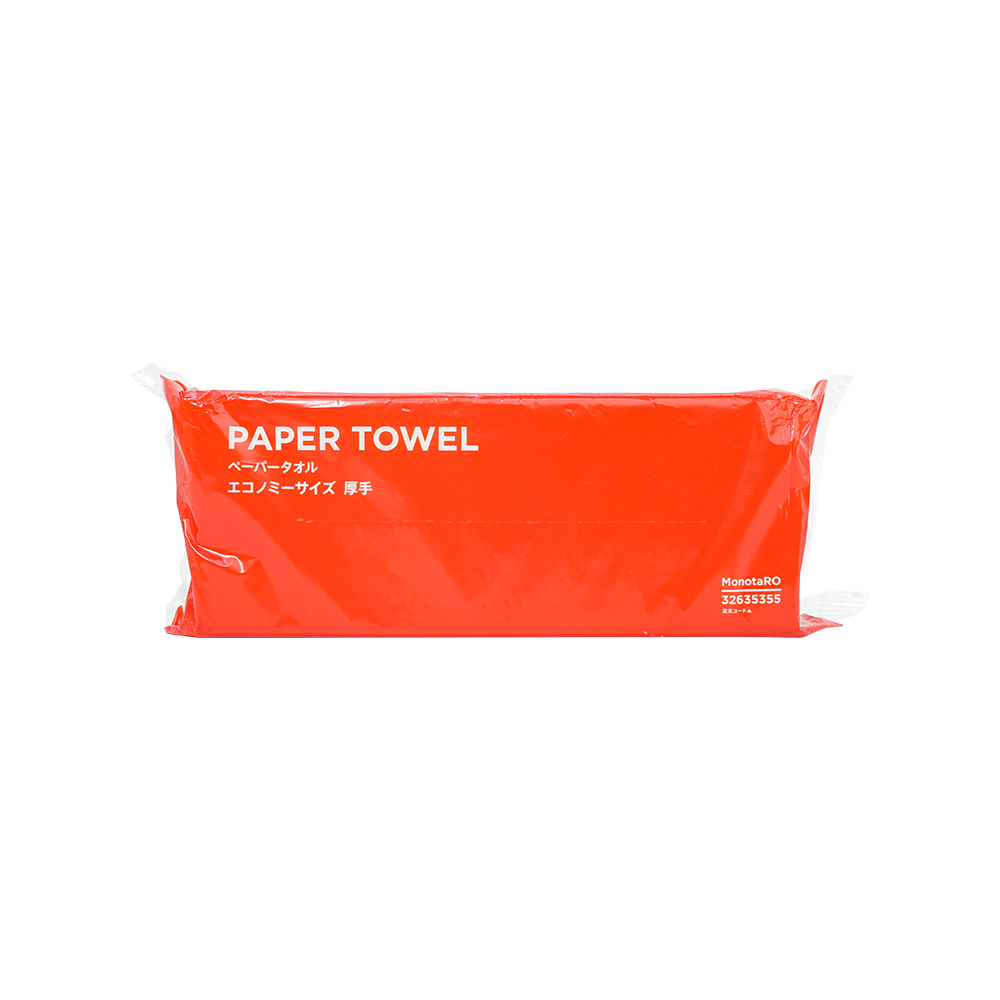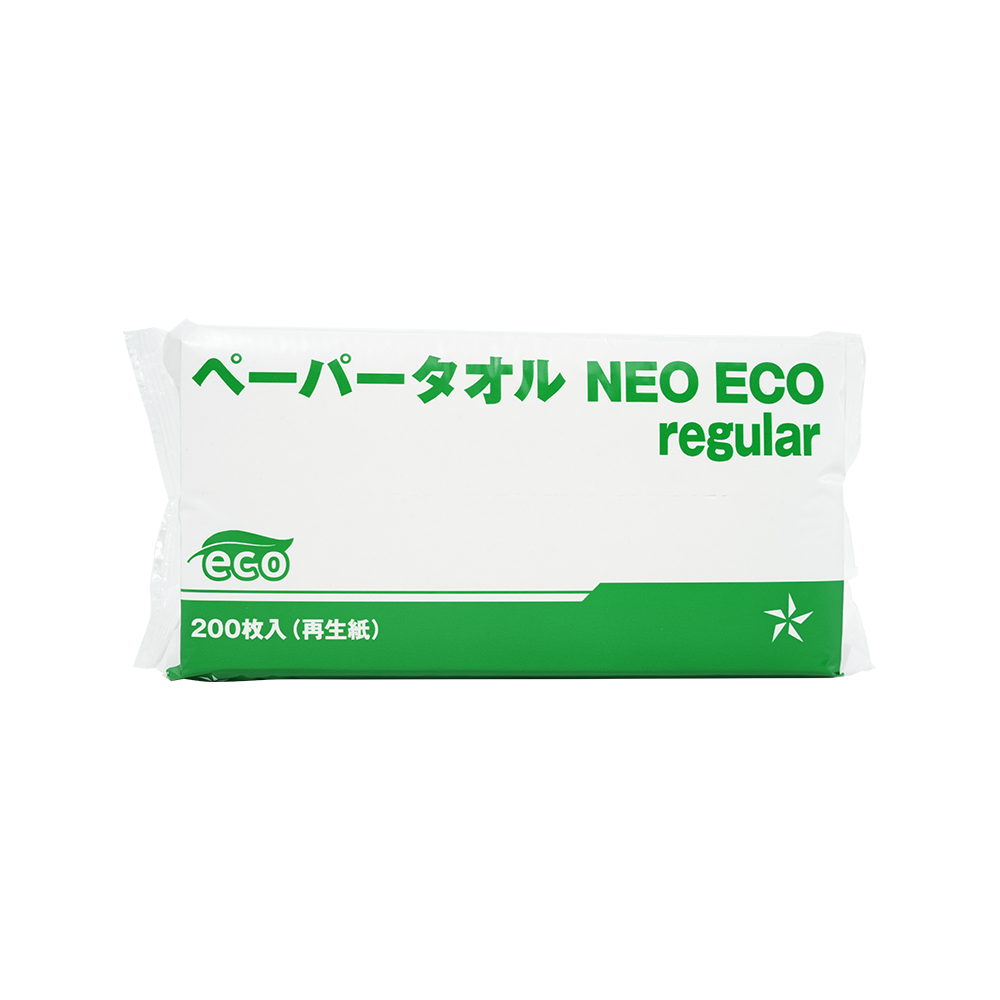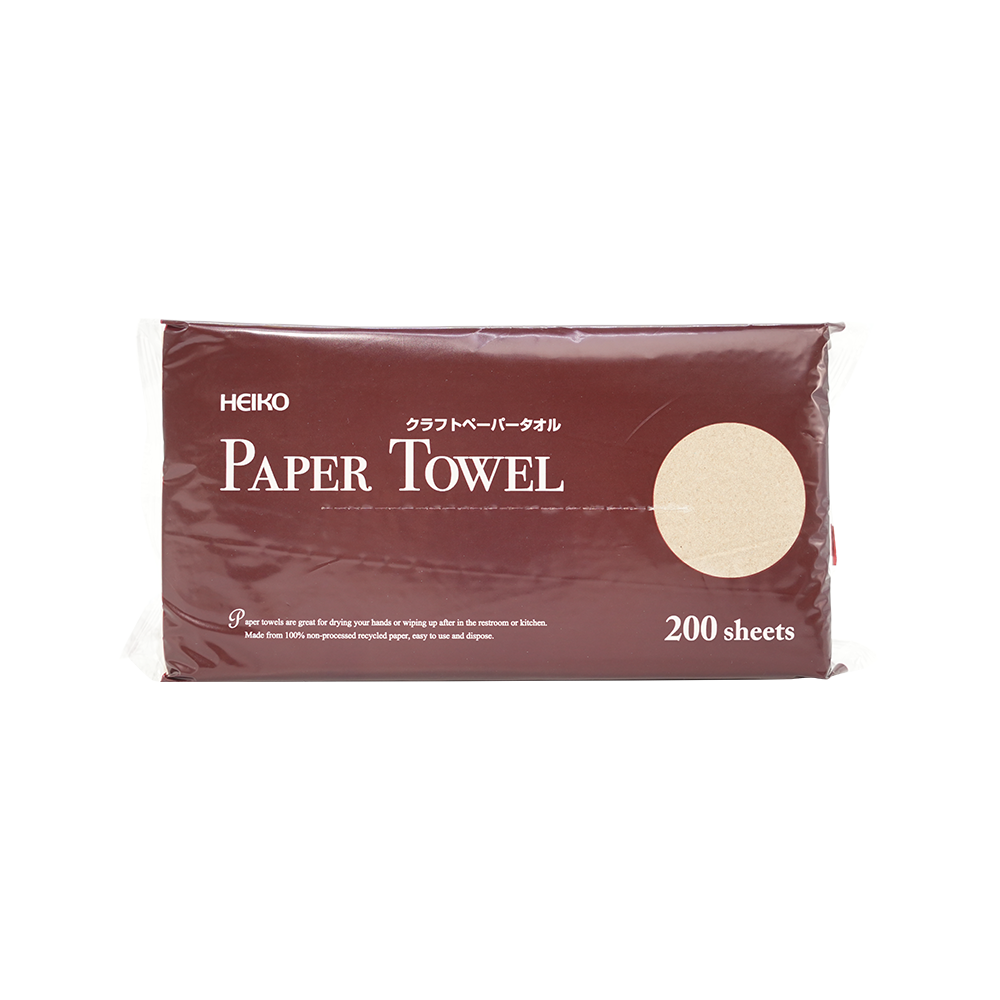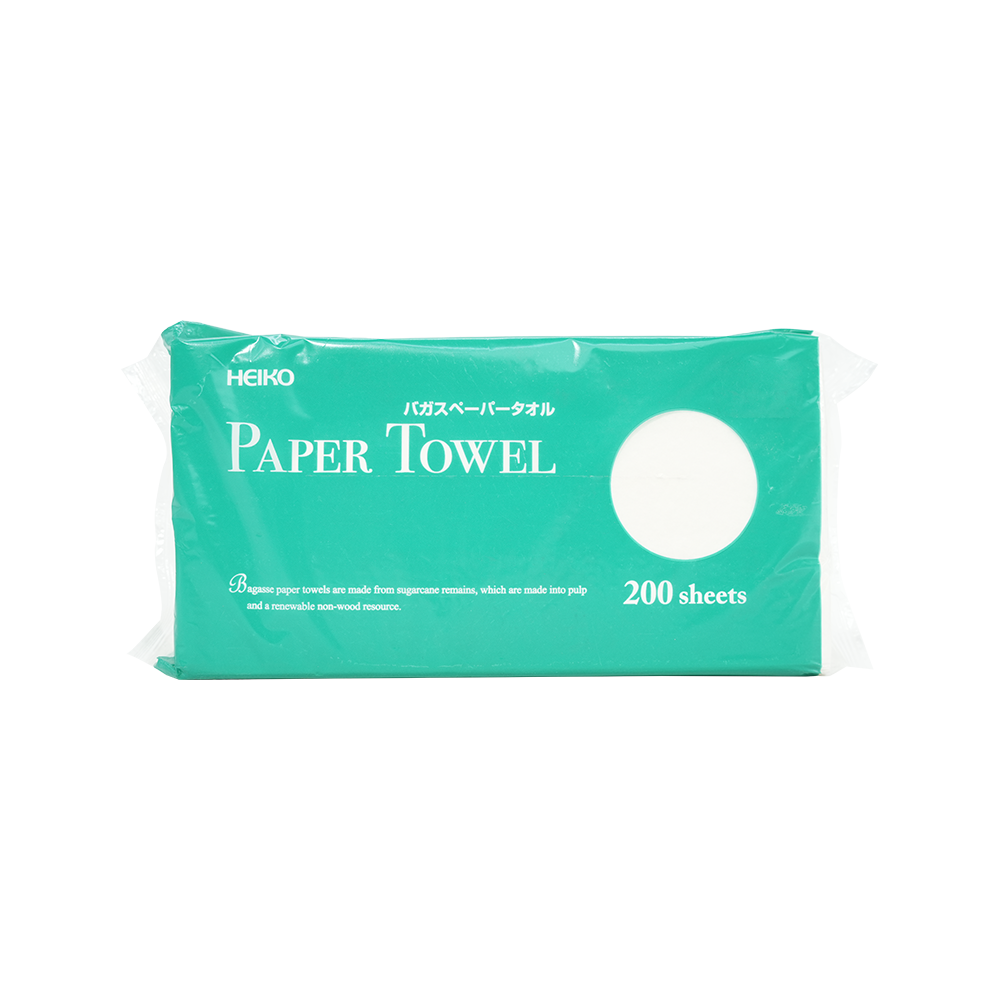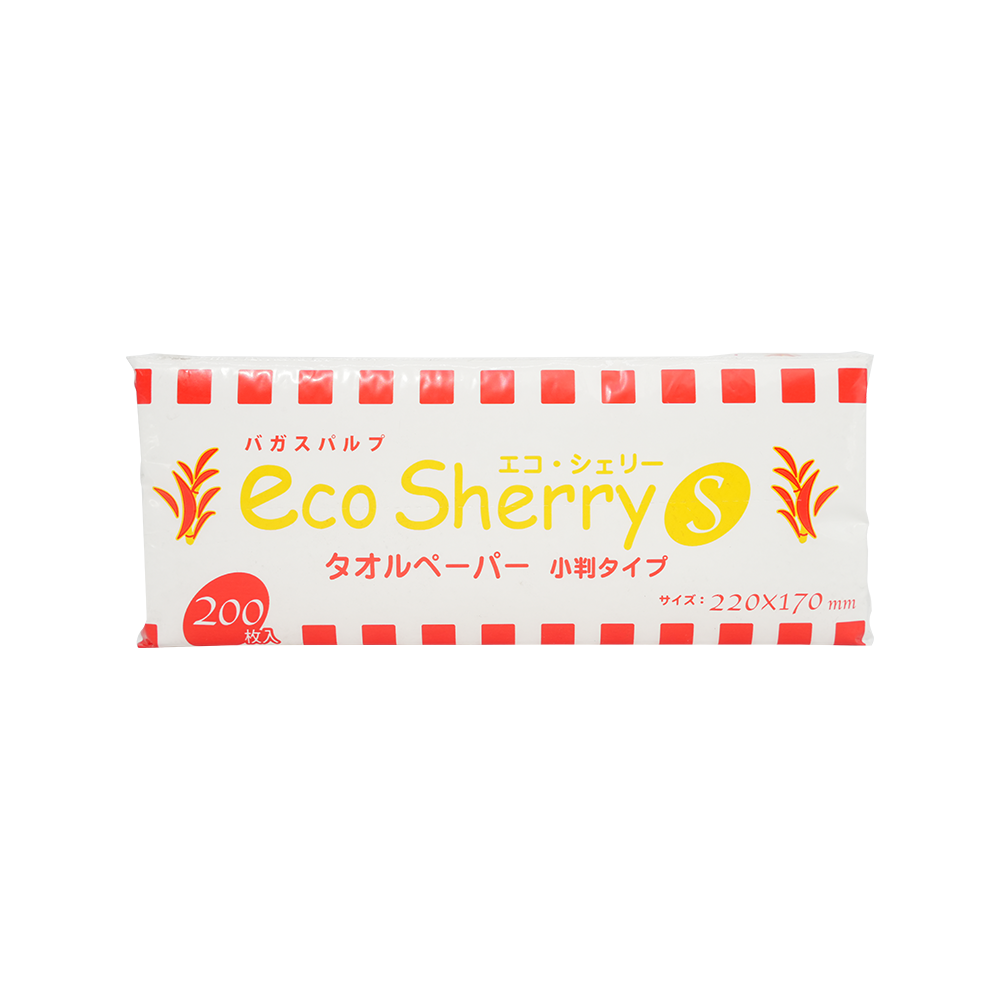Hand Paper Towels: A Comprehensive Guide
 2025.06.26
2025.06.26
 Industry News
Industry News
Hand paper towels, also known as paper hand towels or simply paper towels, are a common and essential item in our daily lives. They are widely used in various settings, including homes, offices, restaurants, public restrooms, and more. In this article, we will explore the different aspects of hand paper towels, including their types, benefits, environmental impact, and tips for choosing the right ones.
Types of Hand Paper Towels
1. Single - Ply vs. Multi - Ply
Single - Ply: As the name suggests, single - ply paper towels consist of a single layer of paper. They are generally thinner and less absorbent compared to multi - ply options. However, they can still be suitable for light - duty tasks such as quickly patting dry hands or wiping up small spills. Single - ply paper towels are often more budget - friendly and are commonly used in areas where high absorbency is not a primary requirement.
Multi - Ply: Multi - ply paper towels, such as two - ply, three - ply, or even more, are made up of multiple layers of paper bonded together. Each additional layer adds to the towel's strength, absorbency, and durability. For example, a two - ply paper towel has two layers, which work together to trap and hold more moisture. Three - ply towels are even more robust and can handle larger spills and messes. Multi - ply paper towels are a popular choice for both home and commercial use due to their enhanced performance.
2. Fold Types
C - Fold: C - fold paper towels are folded in a "C" shape. They are designed to be dispensed from a wall - mounted or counter - top dispenser. When the user pulls a towel from the dispenser, the C - fold design allows for easy access, and the towel unfolds neatly for use. C - fold towels are convenient for high - traffic areas as they can be quickly grabbed by users.
Z - Fold: Z - fold paper towels are folded in a zig - zag or "Z" pattern. Similar to C - fold towels, they are also dispensed from dedicated dispensers. The Z - fold design provides a compact storage option, and each towel can be easily separated from the stack. This type of fold is often used in restrooms and other areas where space efficiency is important.
Interfold: Interfold paper towels are stacked in a way that each towel is interleaved with the next. They are usually dispensed from a dispenser that allows the user to pull out one towel at a time. The interfold design ensures that the towels are easily accessible and reduces the risk of multiple towels being dispensed accidentally. Interfold towels are commonly used in commercial settings such as hotels, restaurants, and offices.
3. Recycled and Eco - Friendly Options
Recycled Content: Many paper towel manufacturers now offer products made from recycled paper fibers. These towels are an environmentally conscious choice as they help to reduce the demand for virgin wood pulp. Recycled paper towels can be made from post - consumer waste, such as used newspapers, magazines, and office paper. By using recycled paper towels, consumers can contribute to the conservation of forests and reduce the energy and water consumption associated with the production of new paper.
Sustainable Materials: In addition to recycled content, some paper towels are made from sustainable materials such as bamboo or hemp. Bamboo is a fast - growing plant that requires less water and pesticides to grow compared to traditional trees. Hemp is also a sustainable option as it is a highly renewable resource and can be processed into paper with a lower environmental impact. These alternative materials offer a more eco - friendly choice for consumers who are concerned about the environmental footprint of their daily products.
Benefits of Hand Paper Towels
1. Hygiene
Reduced Germ Spread: Hand paper towels are a single - use product, which means that each user gets a fresh, clean towel. This significantly reduces the risk of cross - contamination compared to shared cloth towels. When using a paper towel to dry hands, the user can discard the towel immediately after use, preventing the transfer of germs to other surfaces or people. In public restrooms, where a large number of people use the facilities, paper towels play a crucial role in maintaining hygiene.
Absorbent and Quick - Drying: Paper towels are designed to be highly absorbent, allowing them to quickly soak up moisture from wet hands. This helps to prevent the spread of water - borne germs and also leaves hands feeling dry and clean. The absorbency of paper towels is especially important in areas where hygiene is a top priority, such as hospitals, food service establishments, and childcare centers.
2. Convenience
Easy to Use: Hand paper towels are incredibly convenient to use. They are readily available in dispensers, making it easy for users to grab a towel whenever they need to dry their hands. In busy environments, such as airports, train stations, and shopping malls, the convenience of paper towels ensures that users can quickly and efficiently dry their hands without having to wait for a cloth towel to become available or for an electric hand dryer to operate.
Portable: Some types of paper towels, such as individual - sized or travel - sized packs, are highly portable. These can be carried in a purse, backpack, or pocket, making them convenient for use on - the - go. Whether you are traveling, at work, or out and about, having a pack of paper towels with you ensures that you can always keep your hands clean and dry.
3. Versatility
Beyond Hand Drying: While hand drying is the primary use of paper towels, they are also incredibly versatile. They can be used for cleaning up spills on countertops, tables, and floors. Paper towels can also be used to wipe down surfaces, clean windows, and even as a makeshift napkin. In the kitchen, they can be used to pat dry meat or vegetables, absorb excess oil, or line a plate to catch drips. Their versatility makes them a staple in households and commercial settings alike.
Environmental Impact of Hand Paper Towels
1. Resource Consumption
Wood Pulp Usage: The production of traditional paper towels often relies on virgin wood pulp, which is sourced from trees. The large - scale harvesting of trees for paper production can contribute to deforestation, habitat destruction, and a loss of biodiversity. To reduce the environmental impact, it is important to choose paper towels made from recycled materials or sustainable sources.
Water and Energy Consumption: The manufacturing process of paper towels requires a significant amount of water and energy. Water is used in the pulping process to break down the wood fibers, and energy is needed to power the machinery and dry the paper. Additionally, the transportation of paper towels from the manufacturing plant to the retailer also consumes energy. To mitigate these impacts, some manufacturers are implementing more sustainable practices, such as using recycled water and renewable energy sources in their production processes.
2. Waste Generation
Disposal Issues: After use, paper towels are typically discarded as waste. In many cases, they end up in landfills, where they take up space and contribute to the growing problem of waste management. Although paper towels are biodegradable, the conditions in landfills are often anaerobic, which can slow down the decomposition process. To reduce waste, it is advisable to consider using reusable alternatives, such as cloth towels, in some situations, or to ensure that paper towels are properly recycled if possible.
Tips for Choosing the Right Hand Paper Towels
1. Consider Your Needs
Absorbency: If you need paper towels for heavy - duty tasks, such as cleaning up large spills or drying wet hands thoroughly, choose a multi - ply option with high absorbency. For lighter tasks, single - ply towels may be sufficient.
Strength: Look for paper towels that are strong and durable. A stronger towel will not tear easily when in use, especially when dealing with tough messes.
Quantity and Pack Size: Consider how much paper towel you will need. If you are using them in a high - traffic area or for a large family, larger pack sizes or bulk purchases may be more cost - effective. However, if you have limited storage space, smaller packs may be more suitable.
2. Look for Eco - Friendly Options
Recycled Content: Check the label to see if the paper towels are made from recycled materials. The higher the percentage of recycled content, the more environmentally friendly the product is.
Sustainable Certifications: Look for paper towels that have been certified by recognized environmental organizations, such as the Forest Stewardship Council (FSC). These certifications ensure that the product has been produced using sustainable practices.
3. Read Reviews
Consumer Feedback: Before purchasing a particular brand or type of paper towel, read reviews from other consumers. This can give you an idea of the product's performance, absorbency, strength, and any potential issues. Online retailers often have customer reviews available, which can be a valuable source of information.
Conclusion
Hand paper towels are a versatile and essential item in our daily lives, offering hygiene, convenience, and versatility. By understanding the different types of paper towels available, their benefits, environmental impact, and how to choose the right ones, we can make more informed decisions when purchasing them. Whether for home use, in the office, or in commercial settings, choosing the appropriate hand paper towels can help us maintain cleanliness and hygiene while also being mindful of the environment.


 English
English 日本語
日本語 한국어
한국어
